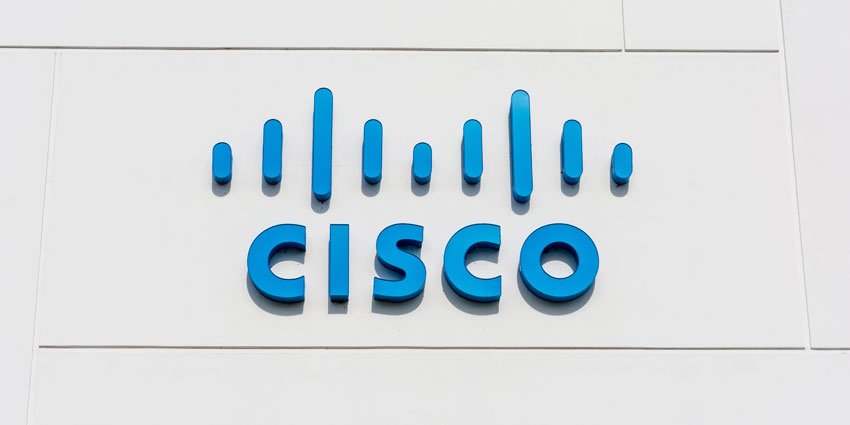In a world of rising customer expectations and ever-more complex service conversations, helpdesks are empowering a huge range of companies. The right helpdesk environment provides a useful landscape where team members can align over shared information, track crucial analytics, and manage omnichannel interactions.
As companies continue to focus on CX as the ultimate differentiator for any industry, helpdesk solutions have grown increasingly innovative. Today’s tools feature everything from powerful automation tools to AI analytics and insights.
Today, we’re going to explore some of the most significant trends you’re likely to see when browsing the helpdesk technology space in 2022.
1. Powerful Automation
Automation is a significant trend throughout the entire CX landscape. In the helpdesk space, automation has the power to minimise a number of repetitive tasks, otherwise responsible for pulling an agent’s attention away from customer service. Automated tools can help with everything from reminding agents to follow up on a case, to storing data securely.
The helpdesk automation market is growing much faster than the helpdesk space in general, at a CAGR of 32%. This means the landscape will reach a potential value of $17 billion by 2024 alone. By bringing more automation into the helpdesk, companies can streamline their workforce, boost productivity, and increase agent engagement.
Automation elements can also open the door for predictive customer service, by tracking information about users, and notifying employees when a follow-up might be necessary.
2. Self-Service Solutions
Help desk solutions not only provide agents with more of the information and guidance they need to deliver solutions to customer problems fast, but they can also help consumers to solve their own issues. Currently, 69% of consumers say they prefer to find solutions to issues themselves before reaching out to customer service agents.
With a customer portal built into your helpdesk environment, you can provide clients with access to useful FAQ articles, knowledgebase information, and other forms of support. The right portal can also come with access to AI bots and virtual assistants to help guide customers through the troubleshooting and repair process.
The key to making helpdesk self-service solutions successful for most companies will be creating the best possible user experience. The right customer portal will be convenient, streamlined, and require virtually no technical knowledge to access.
3. Agent Experience
There’s an increasing focus in all aspects of the customer service landscape, on the importance of employee experience. Concepts like “Total Experience” are gaining more attention, as industry leaders draw attention to the clear connection between employee engagement, and end-user interactions. Helpdesk technology can help to strengthen the agent experience.
There are multiple ways a good helpdesk offering can make life easier for your employees. They provide a unified environment for seeking out valuable information about products and customers. These tools can also assist team members in keeping track of their day-to-day tasks. Automation solutions also reduce the number of repetitive tasks engaged in by any employee on a regular basis.
Many of the most popular helpdesk tools on the market today also come with ways for agents to personalise their helpdesk experience. Teams can add notes to customer information, change the appearance of dashboards to track crucial metrics and more. Higher levels of customisation in your helpdesk environment could assist in making your employees more informed, efficient, and productive.
4. Omnichannel Digital Engagement
We’re seeing a rising demand for omnichannel experiences in virtually every industry today. Perhaps most significantly, many of the conversations companies have with their clients are taking place online, through social media, live chat tools, and even video calls. Around 71% of customers say they want brands to offer more support via messaging.
Helpdesk environments make it easier for businesses to build the digital engagement opportunities their customers are looking for. With a helpdesk, you get an aligned inbox, where your team members can track conversations with customers and service tickets from a range of environments in one place. This ensures your business can offer a consistent experience across every channel.
The omnichannel digital engagement solution can even come with escalation opportunities, so employees know when they need to move a conversation or service request to the contact centre, for management via a phone call or video.
5. The Rise of Hybrid Teams
Now more than ever, the customer service team is evolving to take on a brand-new appearance. Many customer service agents are distributed across a range of environments, some operating in the field, while others work remotely, or in an office environment. This hybrid landscape enhances the need for helpdesk environments where teams can keep track of everything in a single pane of glass.
Cloud-based helpdesk environments empower service teams to remain productive and informed wherever their daily schedule might take them. The right tools can even come with service desk solutions which help employees to tackle common issues when they’re away from the office, without the assistance of an IT support specialist.
Many tools in the helpdesk environment are also evolving to offer a more collaborative experience for hybrid teams, thanks to integrations with existing tools. For instance, you could embed your contact centre, helpdesk, and CRM all into the same Microsoft Teams environment.
6. Hyper-Personalisation
Perhaps more than anything else, one of the most important things customers are looking for in today’s CX landscape is an experience tailored to their specific needs. Around 72% of customers say they want companies to understand their purchasing history and have insights into their experience with the brand before starting a service conversation.
Helpdesk environments can help with delivering this level of exceptional personalisation. The right tools come with solutions to help track the customer journey throughout multiple channels and environments, so you can create comprehensive profiles for every customer. Some insightful solutions can even collect information about customer sentiment and satisfaction scores.
A helpdesk environment also provides employees with all the information they need in one place to answer customer questions quickly and effectively on any channel the customer chooses.







